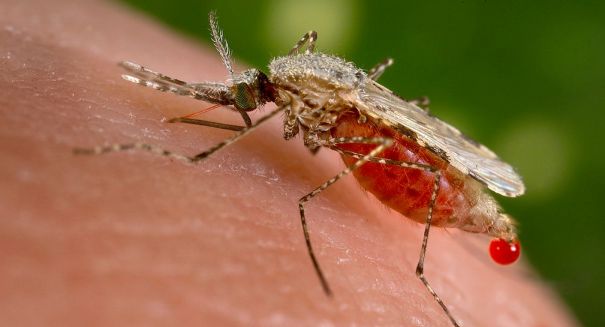
A new study has found that the biting, disease-spreading little insects have a surprising array of senses for tracking you down.
Researches have discovered in a new study that mosquitoes have a surprisingly sophisticated method for tracking down their human targets with a multi-sensory strategy — and you might be surprised at what they use to figure out that there’s some tasty blood nearby.
The study found that odors, visual cues, and body heat were the three sensors that most played into mosquitoes ability to sniff out a blood-carrying human that could offer a nice meal, according to a Business Standard report.
And, unfortunately, the findings also mean that those bug repellents you use and those citronella candles may work for a little bit, but this triple-threat strategy means they eventually find their way to you.
It’s adult female mosquitoes that you have to watch out for, as they’re the ones that seek out the human body to get blood to feed its young. These mosquitoes look for carbon dioxide (CO2) gas, which is exhaled by humans and other animals.
But mosquitoes are also capable of picking up other clues, like using vision to spot a candidate, or thermal sensory information, which allows them to spit the telltale signs of body heat.
Researchers at the California Institute of Technology came to their conclusions by releasing some starved female mosquitoes into a wind tunnel, where they could control which sensory cues they could be exposed to.
They used a high concentration of CO2 in the tunnel to mimic a human’s breath, and in a control experiment used background air with a low CO2 concentration.
They found that from up to 50 meters away, mosquitoes can detect a CO2 plume, and that within as far away as 15 meters, it can visually detect the host. Finally, as it gets closer, the mosquito can detect body heat. And then it’s game over: meal detected. The only question is if you can smush it in time.
What’s the benefits of such a study? It could lead to better mosquito traps in the future.
The findings were published in Current Biology.